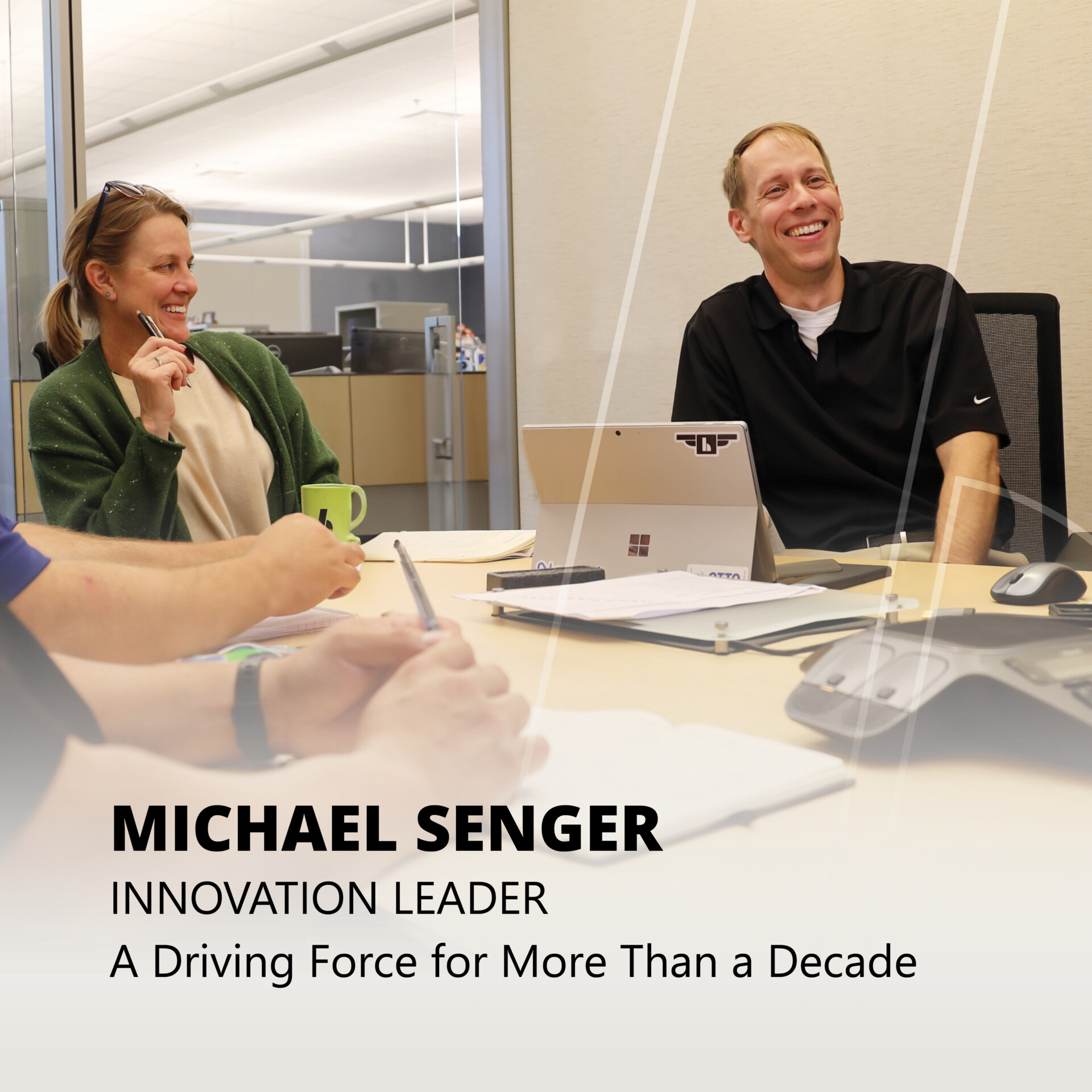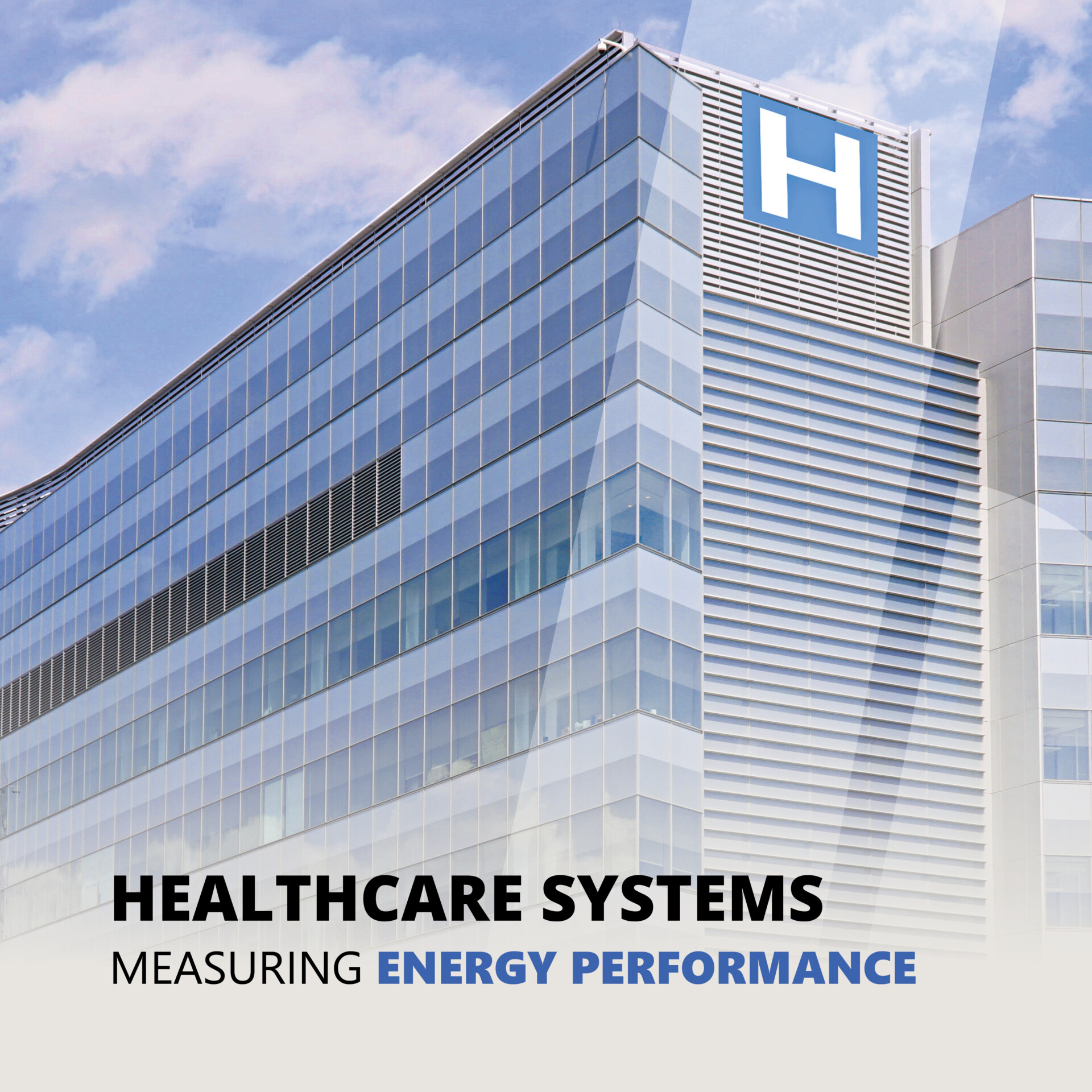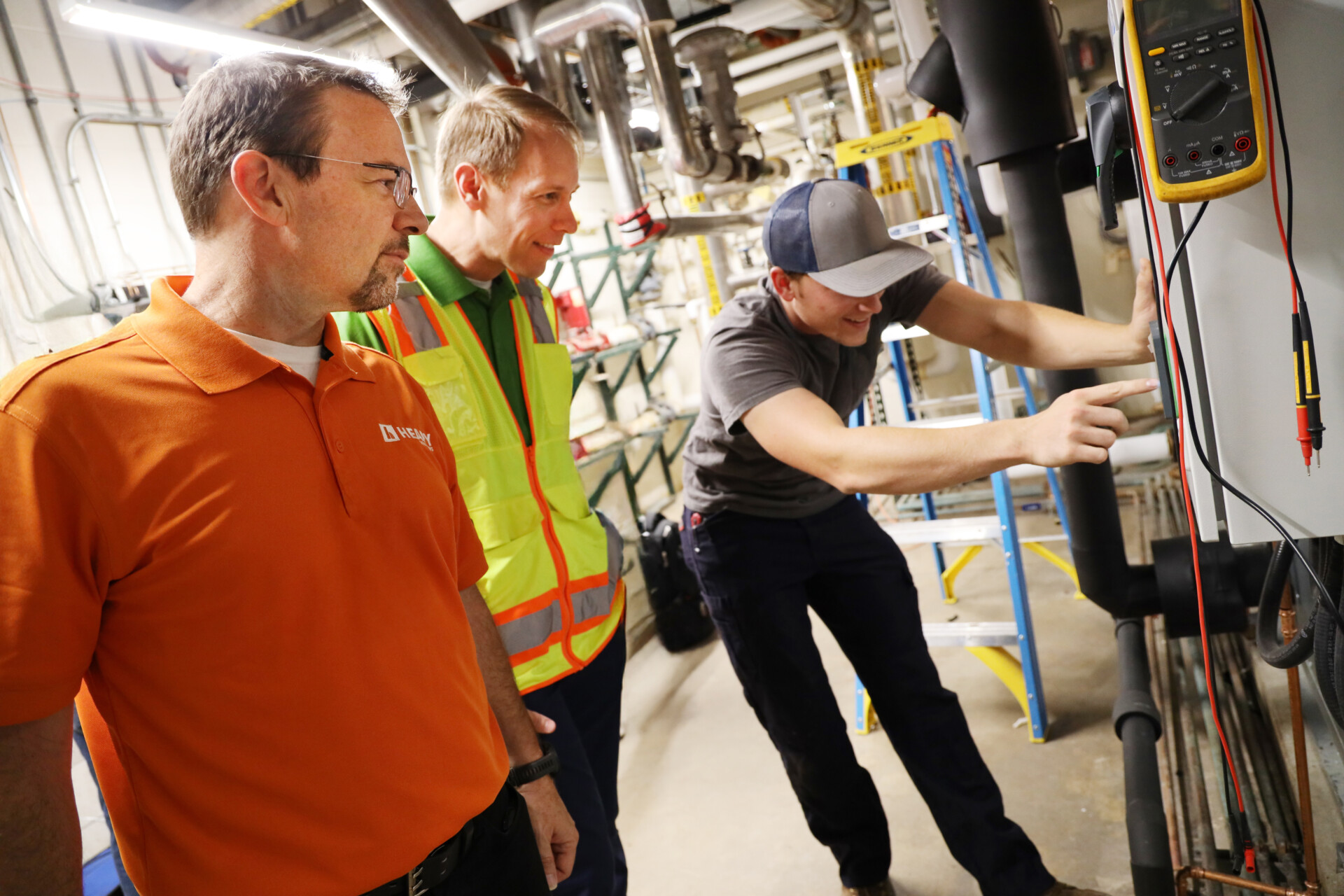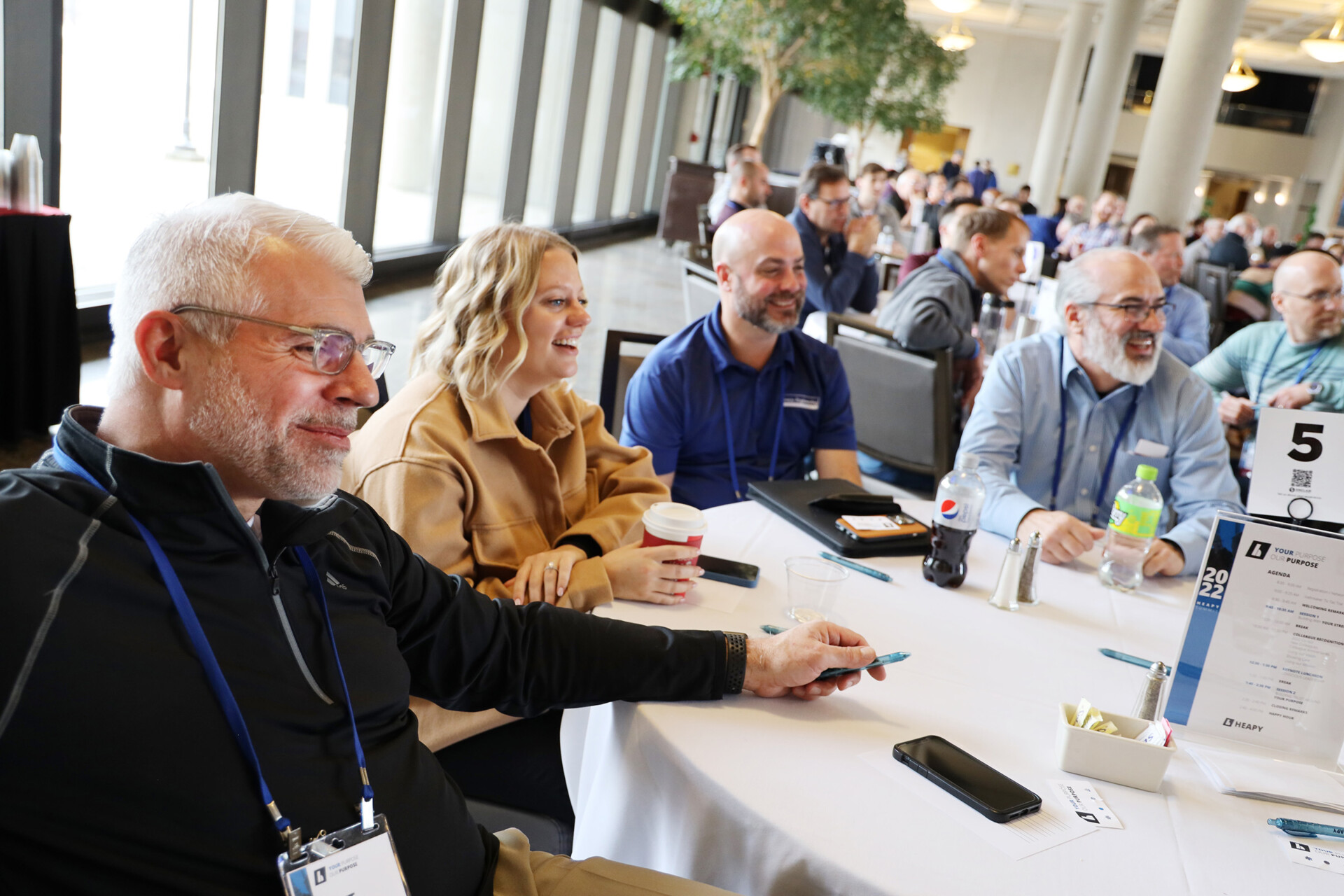
By: Ryan Hoffman, Principal, HEAPY Building Optimization Practice
With Spring right around the corner, seasonal changes will lead to increased reliance on building cooling systems that have likely taken some time off over the winter. As a property owner or facility manager, are your building systems set up to perform at their peak?
According to the U.S. Energy Information Administration Commercial Building Energy Consumption Survey, 27% of commercial office energy consumption is associated with cooling and ventilating, with similar ratios across many other common building types. The energy used by your facility is closely linked to the way it is configured, with many modern buildings accomplishing building temperature, humidity, and ventilation through a combination of systems controlled by a complex building automation system.
Digital HVAC and lighting controls represent the epicenter of building performance in the modern and sophisticated facilities that are predominant today. These control systems can facilitate a great deal of energy cost benefit, while optimizing space comfort and allowing a building to serve its core function, whether that be to perform surgery in an operating room, educate students in a science laboratory, or simply provide a comfortable environment for occupants.
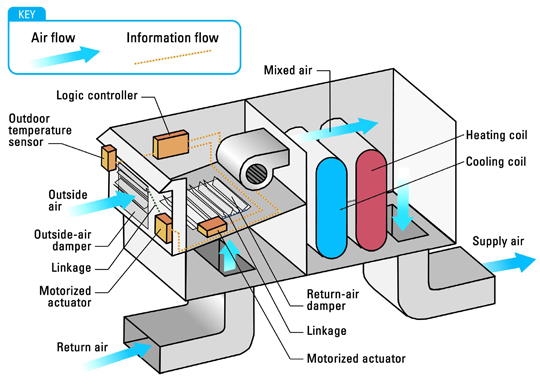
An airside economizer offers a simple illustration of what digital controls can accomplish. In some climates, there can be a substantial number of hours, particularly in the spring, fall, and winter, where outside air conditions are sufficient to cool building spaces without the need for mechanical cooling (accomplished through more energy intensive means such as a compressor or chiller). As shown in the diagram below, a building automation system can often control the volume of outside air that is introduced to a building through the HVAC system.
